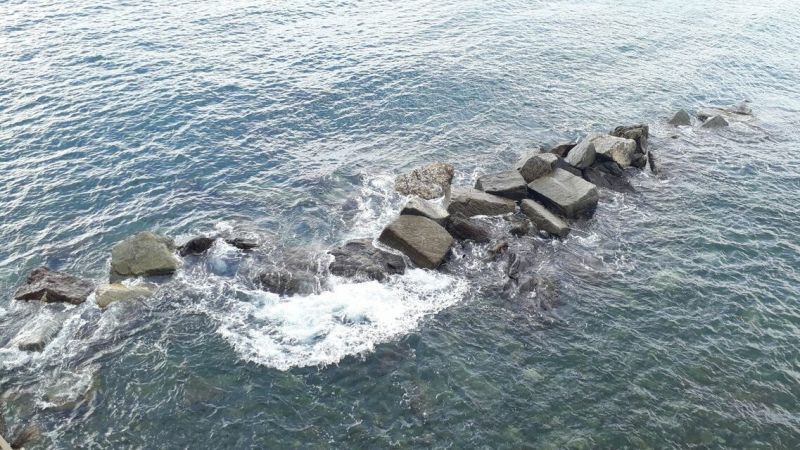Nanocoating Technology Harnesses Sunlight to Degrade Microplastics
Published on by Water Network Research, Official research team of The Water Network in Technology
L ow density polyethylene film (LDPE) microplastic fragments, successfully degraded in water using visible-light-excited heterogeneous ZnO photocatalysts.
The innovative nanocoating technology was developed by a research team from KTH Royal Institute of Technology, Sweden and was further investigated together with PP Polymer, Sweden, as part of CLAIM project.

Photo by CLAIM
Background:
Microplastics are a global menace to the biosphere owing to their ubiquitous distribution, uncontrolled environmental occurrences, small sizes and long lifetimes.
While currently applied remediation methods including filtration, incineration and advanced oxidation processes like ozonation, all require high energy or generate unwanted byproducts, the team of CLAIM scientists propose an innovative toxic-free methodology reliant solely on relatively inexpensive nanocoatings and visible light.
The Study
The study, published in Environmental Chemistry Letters,is part of CLAIM’s ambition to develop a small-scale photocatalytic device to be deployed in wastewater plants aiding the degradation and breaking down microplastics in the water streams into harmless elements.
The scientists tested the degradation of fragmented, low-density polyethylene (LDPE) microplastic residues, by visible light-induced heterogeneous photocatalysis activated by zinc oxide nanorods. Results showed a 30% increase of the carbonyl index, a marker used to demonstrate the degradation of polymeric residues. Additionally, an increase of brittleness accompanied by a large number of wrinkles, cracks and cavities on the surface were recorded.
“Our study demonstrates rather positive results towards the effectiveness of breaking low-density polyethylene, with the help of our nanocoating under artificial sunlight. In practice this means that once the coating is applied, microplastics will be degraded solely through the help of sunlight. The results provide new insights into the use of a clean technology for addressing the global microplastic pollution with reduced by-products.” explains Prof. Joydeep Dutta, KTH Royal Institute of Technology.
The photocatalytic device is one of five marine cleaning technologies developed within the CLAIM project.
“A year and a half in the project we are already able to demonstrate positive results towards our ultimate goal to introduce new affordable and harmless technologies to aid us tackle the uncontrolably growing problem of marine plastic pollution. We are positive that more results will come in the following months.” concludes CLAIM Coordination.
Reference:
Tofa, T.S., Kunjali, K.L., Paul, S. et al. Environ Chem Lett (2019). DOI: 10.1007/s10311-019-00859-z
Source: CLAIM Project
Media
Taxonomy
- Purification
- Research
- Nanotechnology
- Environment
- Biochemistry
- Marine
- Sustainability
- Nano Materials
- Environmental Conservator
- Solar Energy
- Bioplastics
- Nanotechnology
- Green Technology
- Renewable Energy
- Water
- Renewable Water Resources
- Technologies
- Marine Technologies
- Nanotechnology
- Nano Devices
- BioNano Devices
- Nanotech Other
- Marine litter
- plastic pollution
- plastic debris
- microplastics
- nanoplastics
- Plastic Ban
- Beat Plastic Pollution